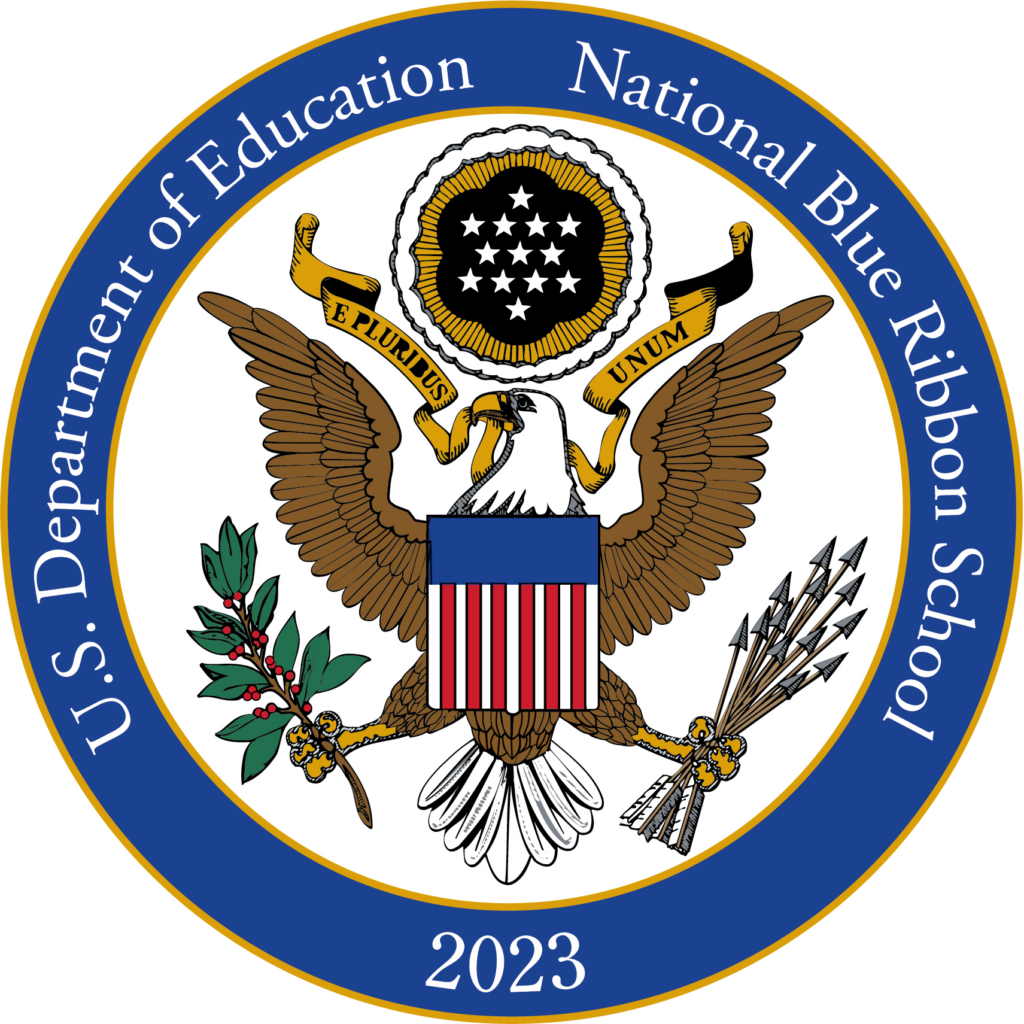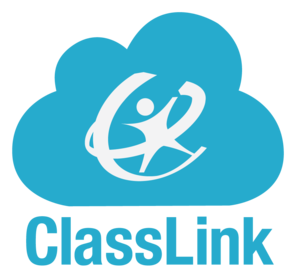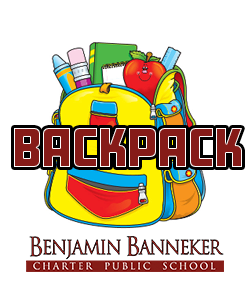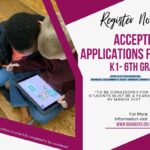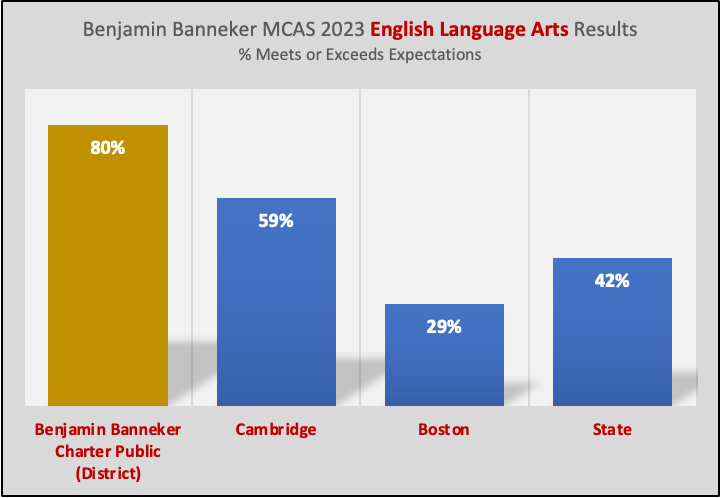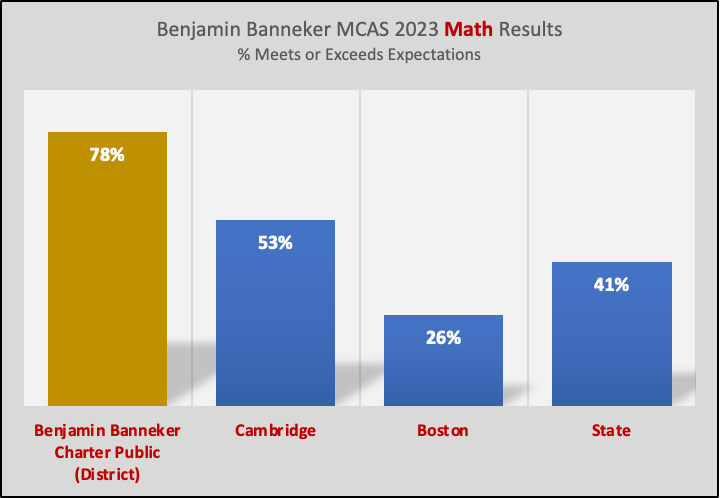Achievement Gap Closed!
MCAS RESULTS – Top Tier Performance
Each year Banneker students in grades 3 – 6 take the Massachusetts Comprehensive Assessment System (MCAS) test to determine their level of proficiency in English Language Arts (ELA), Math and Science. These results are used to determine the effectiveness of the Benjamin Banneker academic program. Our results for the last school year are below with comparison to the Cambridge and Boston school districts and the Massachusetts average..
ENGLISH LANGUAGE ARTS (ELA)
This year Banneker students demonstrated their mastery of reading, literacy and the written word. ELA results continue to be strong this year when compared to the other districts such as Cambridge and Boston. Banneker continues to be a top performing Massachusetts school in ELA.
SCIENCE
Our science scores continue to be strong when compared to Cambridge and Boston overall results. Our students benefit from a comprehensive science curriculum that engages them in active learning from the earliest grades. Our program includes field trips to museums; work in a school garden; and many student projects.
Teaching and Learning at the Banneker
We believe that every student is a unique and talented individual who can and will learn given a rich curriculum and environment, quality teachers, and a culture of high expectations and encouragement. We believe that by working together as a community, we will successfully educate the whole child.
We celebrate individual growth and community success.
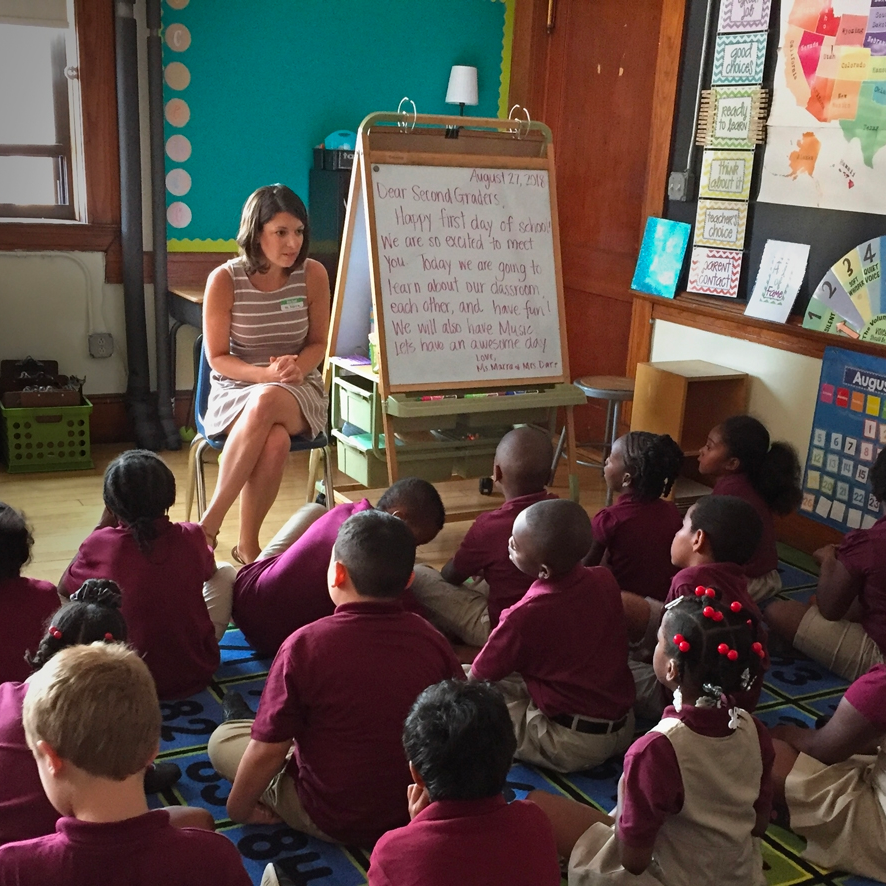
Instructional Framework
- Posts and refers to the content and language objectives which are clearly visible in statement or question form (SEI endorsed).
- Presents 5-15 minute whole group presentation (mini lesson, content and/or activity) that includes:
- Review of previous learning
- Preview of current lesson /goals
- Major teaching point(s)
- Creates opportunities for independent and/or small group exploration/ practice/ application of skills/concepts with teacher and TA check-ins for formative assessment.
- Provides individual/ small group instruction and conferences using hetero generous or homogeneous grouping based on purpose.
- Uses wrap-up activities: Students come together to review work, share data, and reflect on learning.
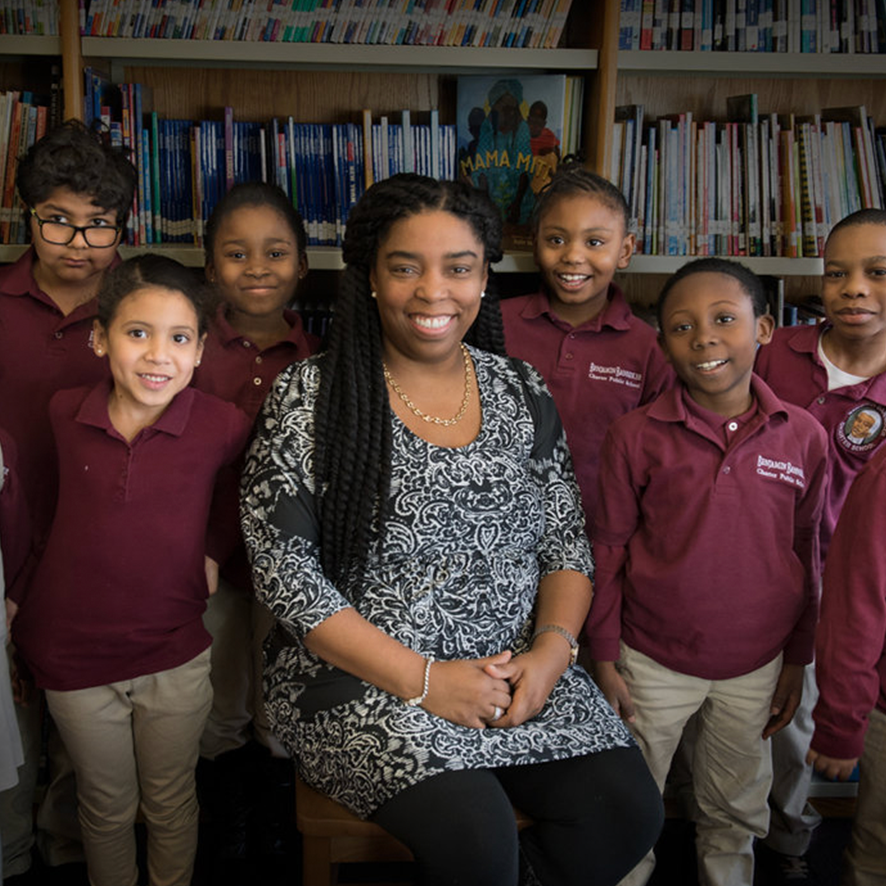
Teaching Practices
Instruction reflects depth of content knowledge and may include:
-
-
Modeling/demonstration
-
Explanation/analogy
-
Guided practice
-
Multimedia presentations
-
Incorporates strategies to develop oral and written language to meet the needs of ELL students
-
Inquiry: Engages students by showing genuine interest/curiosity in topic; helps students to make connections to topic, and to raise and explore their own questions.
Formative assessments: Uses strategies such as questioning, contradiction, note-taking or other documentation to surface and record students’ prior knowledge and misconceptions.
Differentiated instruction includes heterogeneous/homogeneous groups, word banks, large type, visuals, scribing, sentence starters, graphic organizers, manipulatives, computer use, adjusted formats, etc.
Use of routines:
- Think Alouds
- Think-Pair-Share
- Accountable Talk
- Note taking
Develops Responsive Classroom Practices: Includes at least morning meeting and teacher
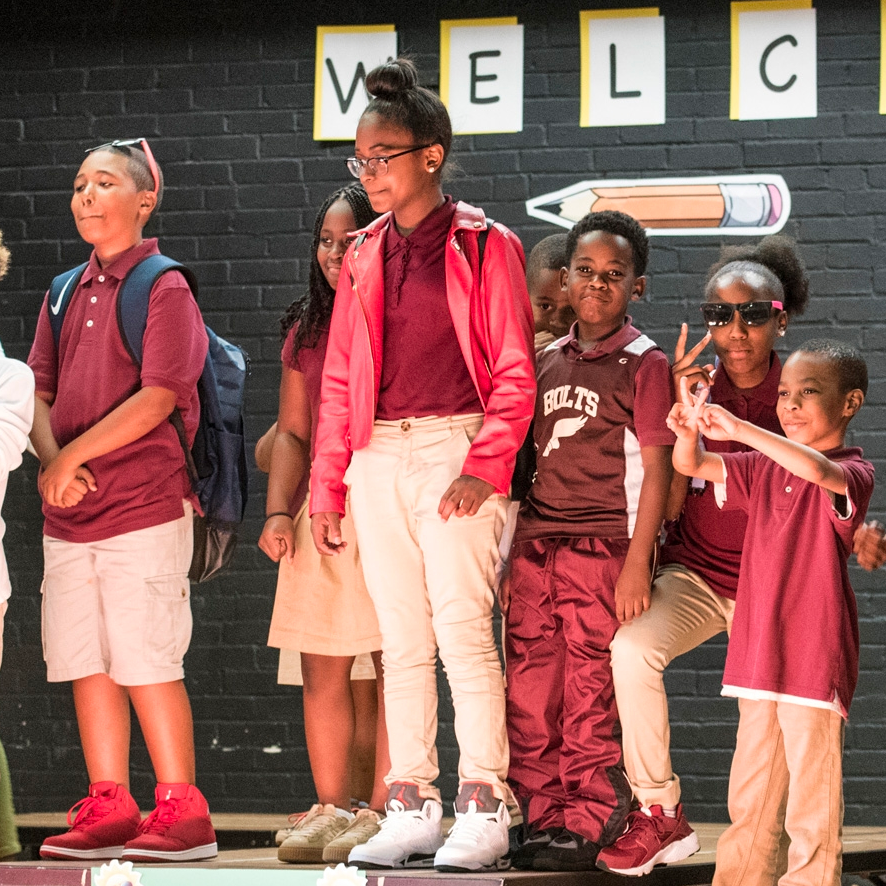
Student Involvement
Students are engaged in and focused on instruction/learning: Students are listening, asking and responding to questions, explaining, making connections, using evidence and/or data, interacting with materials, and purposefully completing tasks.
Students are working in individual/small group work: Independently accessing classroom materials; using manipulative appropriately, reading or writing silently; talking quietly about the work; practicing a new skill; solving a problem.
Students are actively participating: Students carry out class and school responsibilities like class jobs, recycling. and school rules.
They work cooperatively, assist and support each other, show respect for peers, adults, school, materials and property.
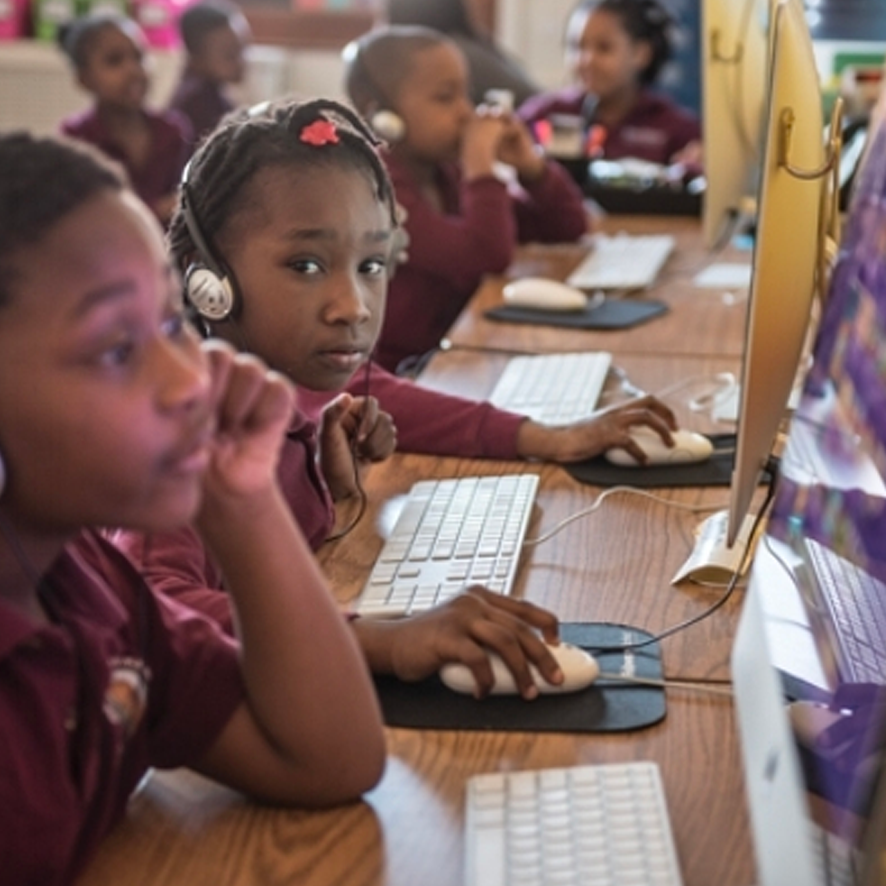
Classroom Environment
Prominently displays learning objective(s) shared with students in clear statements) and/or question form.
Posted schedules/ agenda.
Organized work areas, libraries, and materials areas: These are well-stocked, clean, attractive, organized labeled, and accessible.
Organized student book bones with notebooks/folders for each subject area.
Maintains instructional spaces group work:
- Tables or clustered desks
- Classroom rug or carpet squares
- Horseshoe table for small group instruction
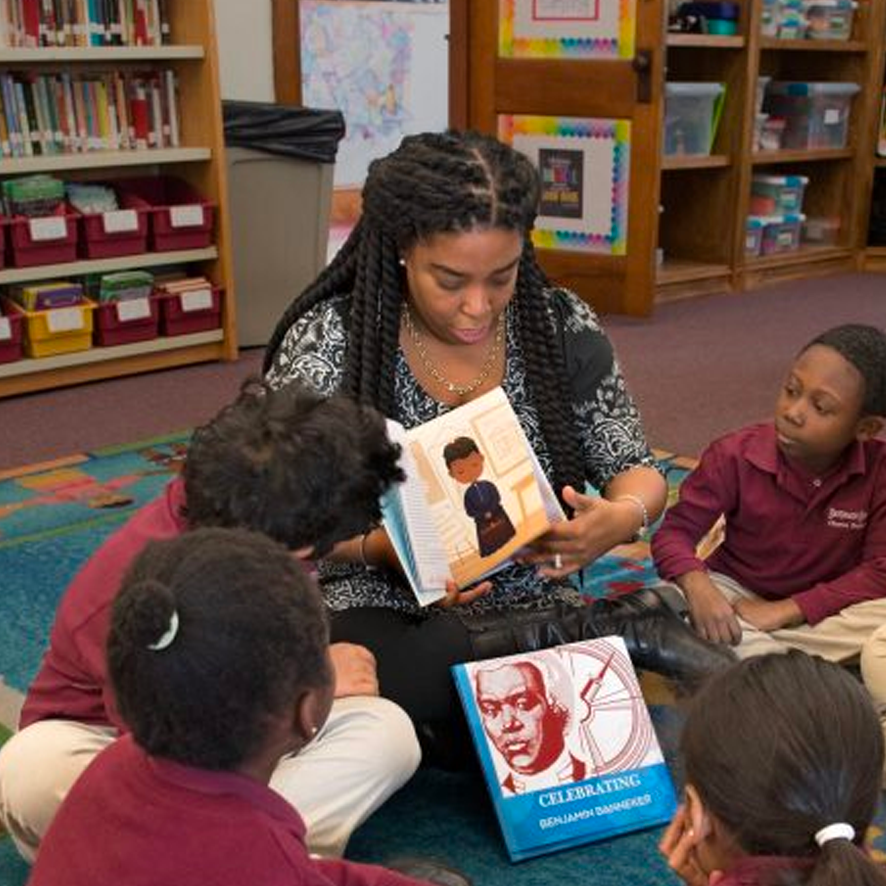
Professional Knowledge/Behavior
Understands the growth patterns and behaviors of students at various stages of development and copes satisfactorily with situations as they occur.
Respects constructive criticism and responds appropriately.
Participates in conferences and workshops.
Cooperates effectively and pleasantly with colleagues, administration, and nonprofessional personnel.
Participates in the general and necessary school activities.
Displays willingness to share ideas and materials.
Arrives on time to school.
Performs assigned task promptly.
Fosters and maintains professional and collegial relationships with associates.
Promptly communicates with parents.
Establishes and maintains respectful relationships with parents and students.
Practices habits of good grooming and appropriate dress.
